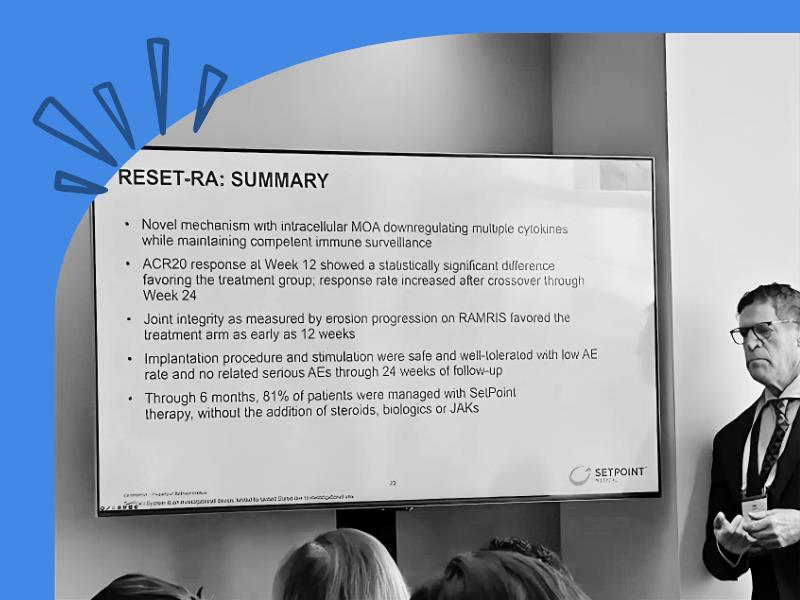A Patient’s Guide to Rheumatoid Arthritis Testing & Monitoring
Welcome to the first CreakyJoints patient guidelines for rheumatoid arthritis testing and monitoring. When you live with a chronic, lifelong inflammatory disease like RA, one of the questions that may come up over and over again is: How am I doing?
There can be a big difference between how you feel on a daily basis and what’s happening to your body behind the scenes. You can’t always tell whether you have active inflammation or are at risk of underlying joint damage or other RA-related complications. Ongoing testing — in the form of physical exams, blood tests, imaging tests, and your own self-reported assessments — is such a crucial part of managing RA.
We created this guide to make sure you understand the ins and outs of various tests for RA and how disease activity and progression is monitored.
Download Your Free Copy
Please fill out the form below to download the Rheumatoid Arthritis Testing & Monitoring guidelines for free.
This Patient’s Guide to Rheumatoid Arthritis Testing & Disease Monitoring is the first of its kind. It was written and edited by arthritis experts, reviewed by fellow RA patients, and vetted by clinical rheumatologists to make sure it contains the most up-to-date information and is useful to help you have more informed discussions with your health care providers.
For an in-depth look at rheumatoid arthritis treatment options and other aspects of managing your life with rheumatoid arthritis, download our Rheumatoid Arthritis Patient Guidelines.
About the Patient Guidelines
If you haven’t had a chance to see our Patient Charter, please take a look. It spells out really clearly, we think, what it means to us to be patient-focused, and it gets at the core of our mission.
There are, of course, many sets of recommendations designed to help medical professionals deliver the best care possible — including the American College of Rheumatology’s clinical practice guidelines. In those guidelines, the ACR offers guidance on “particular patterns of practice and not to dictate the care of a particular patient.” That’s an invaluable tool for doctors to use when they weigh different treatment options, but those guidelines are written for professional, rather than lay readers. For patients who haven’t graduated medical school, the language can be a challenge, to say the least.
Learning more about how doctors test and monitor rheumatoid arthritis through these patient guidelines can empower you to have more informed and productive conversations with your doctor about your RA symptoms, treatment goals, and overall disease management.
If you have any questions about the tests you get at your doctor visits, ask your rheumatologist or nurse why they matter and how often they’re recommended. As a patient, you have a right to know why any medical recommendation is made for you, what any test involves, any out-of-pocket costs you will incur by taking a test, and if the test involves any pain or discomfort. Speak up, ask questions, and get the information you need to make the choices that are best for you.
These patient guidelines were made possible with support from Myriad Genetics, Inc., a molecular diagnostics company with corporate headquarters in Salt Lake City, Utah.
The contents of this website are for informational purposes only and do not constitute medical advice. CreakyJoints.org is not intended to be a substitute for professional medical advice, diagnosis, or treatment. Always seek the advice of a physician or other qualified health provider with any questions you may have regarding a medical condition.





